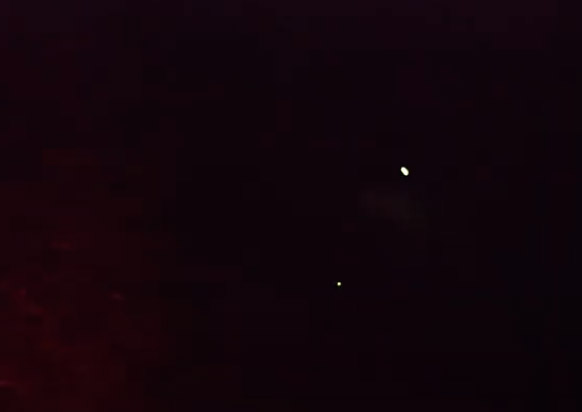I mean, call me naive, but I thought there was just something called a Katydid, and it was like, just one species. Well, turns out there are only about 6,400 species of katydids worldwide (and most of them are in the tropics). In the U.S. there are around 250 distinct species. So I have no idea what kind this specific one is.
Many of these insects are nocturnal so you don’t see them very often (usually you hear them at night. “Some kinds of katydids have an ultrasonic call, while a few produce vibrations by thumping on twigs that are detected by other katydids. In order to detect these sounds, katydids have a tympanum, a slit-like or flat patch on each front leg, which functions as an “ear” to detect these sounds (plural = tympana). They raise a leg to help pick up the sound.” From U of Wisconsin Horticultural Extension
Size: 1/2"-4" long Family: Tettigoniidae Habitat: Grasslands, open woods and along edges of plantings in suburban or rural areas, in trees Identification: "Katydids are usually green and camouflaged to blend in with foliage, more commonly heard than seen. They have a body taller than it is wide and thin and hind legs that are longer than the other pairs of legs. Some characteristics that distinguish katydids from other orthopterans include having the wings held vertically over body (like a roof of a house), hearing organs on the front tibia, all tarsi with 4 segments (crickets have 3), a typically flattened and sword-like ovipositor, and very long, thin antennae as long as or longer than the body (in grasshoppers the antennae are always relatively short and thickened)." From U of Wisconsin Horticultural Extension









